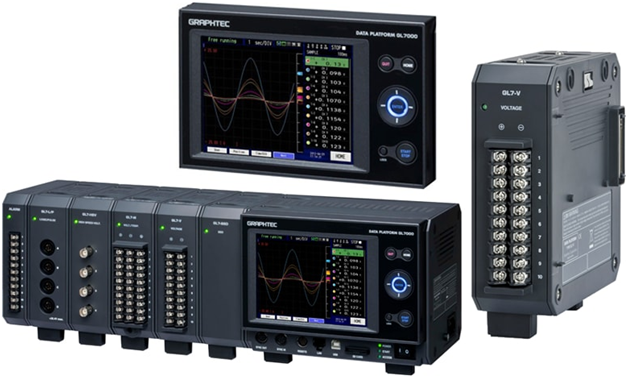What is Data Logger?
A data logger is an electrical device that stores data over time and is frequently referred to as data recording. Many data collection devices, such as plug-in panels or serial communications networks, require a computer to capture data in real time. Wireless transmitters may now transform an ordinary smartphone or tablet into a mobile logger.
Graphtec Data loggers receive one or more sensory inputs, collecting and recording the data at a predefined frequency, and are commonly battery-operated for usage when no electrical source exists. This might be as quickly as hundreds of times per second or as slow as hundreds of times each day. Graphtec Dealers have great data logger options for better usage.
The reason behind the use of a Data Logger:
Graphtec Data loggers get used anywhere it is beneficial to record circumstances over time. Applications range from acquiring a record of wind direction to monitoring temperature in refrigerated storage units to measuring flow rate at a distant pumping station.
After the acquisition time, the device gets recovered and transferred onto a PC for processing. Additionally, data loggers are accessible that will wirelessly communicate measurement findings to a PC with a data logging application installed.
Users profit from data recorders in two ways. They save time and money by not sending someone to collect readings in a remote place, and they enable significantly higher data density than manual recording, resulting in higher-quality data. You can have access to better-quality loggers from Graphtec Dealers.
There are several types of data recorders available. They range from single-channel devices that include the sensor to multi-channel loggers that can acquire data from several sensors for lengthy periods. Data logging software allows you to customise acquisition conditions and organize data outputs.
How Should You Select a Data Logger?
Usually, data loggers are generalist purpose devices, while others get tailored for a single type of sensor connection and readout, the most frequent of which being temperature. A data logging device may get chosen for a specific activity or as an addition to a data-collecting gear inventory.
In either case, the following capabilities should get assessed in light of the demands of the intended or expected uses. Data logging can get easily accomplished with the help of Graphtec Dealers.
How do data loggers function?
A general-purpose multi-channel data recorder will often take both analogue and digital inputs. Temperature, pH, and humidity are all examples of analogue inputs. It should get noted that analogue inputs might be solitary or differential (double-ended).
Using differential sensors reduces the number of analogue inputs available by half. A multi-channel thermocouple temperature logger is an example of this. Graphtec Dealers have great-quality types of data loggers.
Benefits of Data Logger:
Number of Inputs:
There are two sorts of data loggers: those that take just a single sensor input and that sensor might or might not get incorporated into the device and those that can get linked to several sensors at the same time. Although a single-channel data logger may suffice in some cases, a multi-channel data logger is a more adaptable instrument.
Depending on how the device and sensors are set, Multichannel loggers can have as many as 32 inputs. However, the 4-channel data recorder is the most often used version since it offers an excellent mix of storage capability, battery life, and small size.
Capacity:
In many situations, space is an issue. In such instances, the capacity of the portable data recorder may be an important decision factor. The OMEGA OM-CP data logger series is exceptionally small and includes versions for most input sources. For maritime and aquatic applications, submersible devices are also available.
Remembrance:
Data logging systems with recording rates as high as 200 kHz are available, while others can be set to sample once every 24 hours. Keep in mind that storage capacity is a fixed amount of data points when considering sampling rate needs.
As a result, sampling at a high frequency quickly fills available memory. Some logger devices manage memory saturation by looping around and overwriting, resulting in the loss of previous data.


